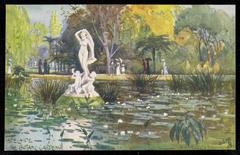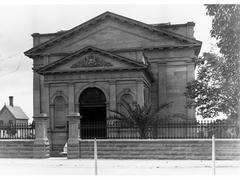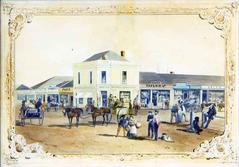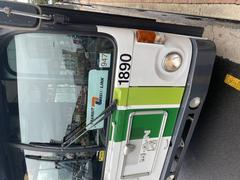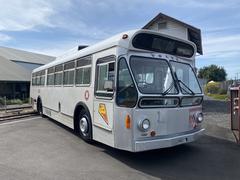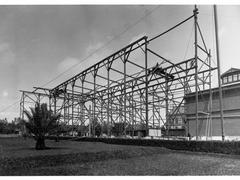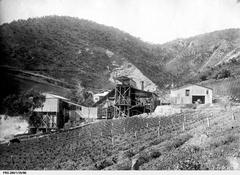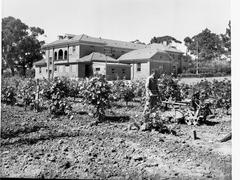Fort Glanville Conservation Park: Visiting Hours, Tickets, and Complete Guide to Adelaide’s Historic Coastal Fort
Date: 03/07/2025
Introduction
Fort Glanville Conservation Park, nestled along the scenic Semaphore coastline northwest of Adelaide, is one of Australia’s most complete and best-preserved 19th-century coastal artillery forts. Built between 1878 and 1880 in response to growing colonial defense needs, the fort was designed to safeguard Port Adelaide from potential naval threats amid fears of foreign incursions, especially Russian expansionism in the Pacific. Today, Fort Glanville stands as a living testament to South Australia’s military heritage, offering immersive educational experiences, historical reenactments, and guided tours for visitors of all ages.
Located just 13–18 kilometers from Adelaide’s city center, the park is easily accessible by car, public transport, and bicycle. It features original gun emplacements, bomb-proof magazines, barracks, and earthworks, providing a rare glimpse into the Victorian-era defense architecture and the daily life of colonial soldiers. Managed by the dedicated volunteers of the Fort Glanville Historical Association, the site is listed on the South Australian Heritage Register and operates as both a conservation park and a vibrant educational hub.
For the latest information on visiting hours, events, and tours, consult the official Fort Glanville Conservation Park page and the Fort Glanville Historical Association.
Table of Contents
- Early Colonial Context and the Fort’s Strategic Purpose
- Planning and Construction of Fort Glanville
- Operational History and Garrison Life
- Decline, Preservation, and Heritage Status
- Cultural and Educational Role
- Planning Your Visit
- FAQs
- Key Historical Milestones
- Summary & Travel Tips
- References
Early Colonial Context and the Fort’s Strategic Purpose
The origins of Fort Glanville are rooted in the rapid development of South Australia after 1836. By the 1870s, Adelaide’s prosperity and its location on Gulf St Vincent made coastal defenses a priority. The withdrawal of British garrisons from Australia placed the onus of defense on local governments. Concerns over Russian naval activity in the Pacific prompted South Australia to build a network of coastal forts, with Glanville as a cornerstone, to protect Port Adelaide—the colony’s vital port.
Planning and Construction of Fort Glanville
Construction began in 1878, led by Colonial Architect Edward John Woods and military engineer Lieutenant Colonel Peter Scratchley. The fort’s polygonal design, built from local bluestone and brick, included dry moats, earthworks, and bomb-proof magazines. Completed in 1880 at a cost of about £16,000, the main armaments featured two 10-inch rifled muzzle-loading guns and two 64-pounder guns, reflecting state-of-the-art British military engineering adapted to local conditions (Wikipedia).
Operational History and Garrison Life
Fort Glanville served as the headquarters for the South Australian Volunteer Military Force’s artillery units. A mix of permanent artillerymen and part-time volunteers conducted training, drills, and live-fire exercises. While its weapons quickly became obsolete with advances in artillery, the fort remained a key military and ceremonial site into the 20th century.
Decline, Preservation, and Heritage Status
By the 1890s, Glanville’s military significance waned due to new technology and the construction of Fort Largs. Used for training and storage during World War I, the site eventually fell into disuse. Recognizing its historical value, the site was declared a Conservation Park in 1967 and is now listed on the South Australian Heritage Register.
Restoration efforts led by the National Parks and Wildlife Service and the Fort Glanville Historical Association have preserved the fort’s original features, including gun emplacements, magazines, and barracks (explore.history.sa.gov.au).
Cultural and Educational Role
Fort Glanville is a living museum and educational venue. Monthly reenactments and guided tours (September to May) bring the Victorian military era to life, with volunteers in period uniforms performing drills and firing restored cannons. School programs and interpretive displays explore Adelaide’s colonial defenses and military technology, enhanced by authentic artillery, uniforms, and artifacts (environment.sa.gov.au).
Planning Your Visit
Visiting Hours and Tickets
- Regular Hours: Open Tuesdays from 10:00 am–2:00 pm.
- Monthly Reenactment Days: Third Sunday of each month (September–May), 1:00 pm–4:30 pm.
- Guided Tours: Available by arrangement; check the official site for details.
- Admission: Free entry; donations are encouraged. Special events or group tours may have associated fees (Fort Glanville Historical Association).
Accessibility
- Accessible parking and restrooms available.
- Most pathways are wheelchair-friendly; some historic structures have limited access.
Getting There
- Address: 359 Military Road, Semaphore Park, Adelaide, SA 5019.
- By Car: Ample parking on site.
- Public Transport: Adelaide Metro buses stop nearby (Adelaide Metro Timetables). The Coastal Park Trail is suitable for cyclists.
Nearby Attractions
- Semaphore Beach: Historic jetty, amusement rides, esplanade (Semaphore Beach Guide).
- Port Adelaide: Maritime museums and heritage architecture.
- West Lakes: Shopping, dining, water sports.
Visuals and Interactive Experiences
- Interpretive signage, historical maps, and interactive virtual tours available on the South Australian Parks website.
- Monthly reenactment days feature live cannon firings and military drills.
Frequently Asked Questions (FAQs)
Q: What are Fort Glanville’s opening hours?
A: Regularly open on Tuesdays (10:00 am–2:00 pm) and third Sundays (September–May, 1:00 pm–4:30 pm). Check the official website for seasonal updates.
Q: Is there an entry fee?
A: Entry is free; donations are welcome.
Q: Are guided tours available?
A: Yes, by arrangement and on open days. Contact the Fort Glanville Historical Association for details.
Q: Is the site accessible?
A: Most areas are wheelchair-friendly; some historic areas have limited access.
Q: Can I bring children?
A: Yes, the site is family-friendly with interactive displays and events.
Q: Are pets allowed?
A: Only assistance animals are permitted within the park.
Key Historical Milestones
- 1878–1880: Construction of Fort Glanville.
- 1880s–1890s: Operational peak as South Australia’s artillery headquarters.
- 1890s: Obsolescence following Fort Largs’ construction.
- World War I: Used for training and storage.
- 1967: Declared a Conservation Park.
- 1980s–present: Ongoing restoration, heritage listing, and public programs.
Summary & Travel Tips
Fort Glanville Conservation Park is an exceptional heritage site that vividly preserves South Australia’s colonial military history in a beautiful coastal setting. With well-maintained original structures, authentic artillery, and engaging reenactments, the park offers valuable educational experiences for families, students, and history enthusiasts. Take advantage of accessible facilities, seasonal programs, and proximity to Semaphore Beach and other local attractions. Check opening hours and special events on the official site before visiting, and consider downloading the Audiala app for immersive content and virtual tours.
References
- Official Fort Glanville Conservation Park page
- Fort Glanville Historical Association
- South Australian Parks information
- Practical Visitor Information
- vk5parks.com brochure
- RamblingWombat blog
- Wikipedia
- liquisearch.com
- Semaphore Visitor Information
- Semaphore Beach Guide
- Adelaide Accommodation
